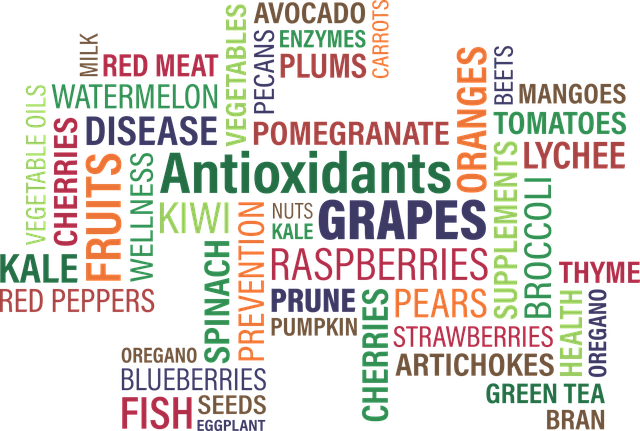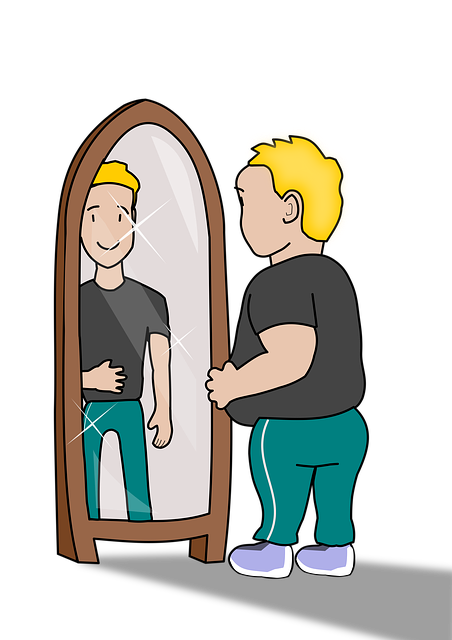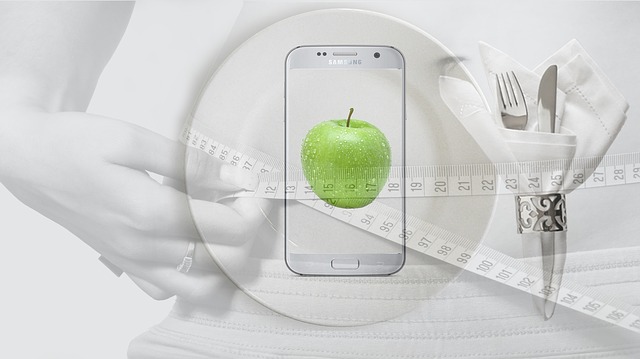Every New Year’s Eve as celebrators sip on bubbly stemmed filled glasses, copious amounts of people continue to resolve to lose those pesky pounds gained throughout the year. Along with the cheer filled pounds gained through the holiday season, this can be quite the daunting task when the house is still decked out with celebratory sweets and high-calorie leftovers. You will find More Like This by clicking here and you can finish your preparations and make your kitchen ready for your diet. 
In 2019 my New Year’s Eve Resolution I was very successful at retaining my planned diet/healthy lifestyle goals; it is my plan to continue this successful journey throughout 2019! Similar to running a marathon, it is just as important to prep for ones’ weight loss as it is when training for a race. Here are the tips that I found to be the most helpful in getting my kitchen prepared for the 2009 New Years’ Eve Resolution to start on January 1st. If you apply these tips, it can help you out too in 2010.
Preparing ones’ kitchen is the first step in achieving success in ones’ “weight-loss resolution” plan. Here are the steps that I found helpful last year:
Step #1: Remove the Temptations
Temptations are hard to overcome, especially when the family kitchen is loaded with unhealthy selections. My goal each year is to entirely clean out the bad and replace everything with good selections. Yes, that even means emptying out the chocolate drawer in your office desk, chocolate cabinet, and/or hidden sweets in the back of the freezer. Even if not everyone is on the diet goal plan, it is helpful to get rid of anything that is not healthy. For instance, if you have little children in the family you must ask yourself – “Is this healthy for your little tikes if it is not for your body?” I once read somewhere that the most popular first vegetable most children eats in their lifetime is a French fry from a fast-food restaurant. On the other hand, the same parent will not give the family a beloved dog one since it is not healthy for the furry child. Double standards when the human child gets the shorter end of the stick.
Just a few things that need to be removed that may slip your mind: jam, cereal, high-fat butter, whole milk, frozen television dinners, white flour bread, gravy mixes, drink mixes to just name a few. As you do the next step, you can double-check nutrition facts labels to assure that everything going back into the kitchen is healthy and good for human consumption.
Step #2:Sanitize the Kitchen
Just as a simple quality assurance program, deep clean the cabinets, fridge, floors, and so on. A clean kitchen makes dieting easier for a few reasons that may make sense but are rarely thought about beforehand. One being the no trace left behind the theory, similar to the eight days of Passover during the days of Jesus Christ on Earth. Being an Episcopalian, I never generally had an interest in learning traditional Passover preparations until I read Mary Called Magdalene by Margaret George. The authors’ research suggested that wives holding the ceremonies would take special precautions in stripping the entire household of all unholy foods, either in the kitchen cabinets or lying around the house. This included days of scouring the entire kitchen to free it of even the tiniest breadcrumbs. If you can’t see it, you will not eat it. Secondly, a clean environment is healthier than a dirty one, free of bacteria and other viruses lurking around left behind from all the people traipsing around the kitchen during the holidays. Thirdly, a clean environment means a clean, fresh start which may just be psychological but works nonetheless.
Remember to completely clean out the refrigerator and sanitize the shelves, drawer and all condiment containers that you have chosen to remain in the house. Use rubbing alcohol to clean all dials and small trinkets that will remain in the kitchen, this works wonders on oven handles too!
Step #3:Remove Non-diet Cookbooks
Just looking at those high-calorie, high-fat recipe photographs can turn a successful diet plan into something very sour. Remember that these cookbooks are part of the problem; hence it is important to rid your kitchen of them and place the cookbooks away for a few months. It is important for the first few months to stick to healthy recipes so that you can train your taste buds and learn about healthy eating before you start to transform your old recipes into healthy ones. In addition, if you surround yourself with healthy influences such as photos and recipes, your mind will transform
Step #4:Stock Up
Now that your kitchen is clean and clear of all tempting unhealthy foods and grime, it is time to fill in the empty holes. Do not expect your diet plan to be successful if you do not prepare for its startup. For your first week simply go crazy at the grocery store and purchase all sorts of colorful vegetables. Purchase a few different vegetables that you have not eaten before so that you can have a little fun while getting to know your vegetables. In my household, we try to take all of our vegetables out of the clear plastic bags from the store. Showcase all the vegetables in your refrigerator so that when you open the fridge door the cheerful colors will brighten your mood and remind you of your lifestyle change.
This showcase of color is also important for the fruit in your kitchen. Place a large basket or bowl on your dining room table and in a clear vision on the countertops. Fill these containers with lovely, bright fruits for nibbling. Try to purchase all shapes and sizes of fruit so that there are many options and colors sitting around the kitchen.
Step #5:Fill Up On Substitutions
Part of a healthy diet, lifestyle change is all about making healthy choices. It is important to get rid of everything that is not good for the body and your new lifestyle. Temptations will arise so you might as well be prepared for it ahead of time and have healthy substitutes on hand. Here are my healthy substitutes:
*Agave nectar and honey instead of white sugar
*Soy flour or whole wheat flour instead of white flour
*Traditional Instant Oatmeal and/or Irish Oatmeal instead of individual instant hot cereal packets with tons of sugar
*Soy/Rice Milk instead of Whole Milk
*Whole, raw nuts such as almonds, walnuts, pecans, and et cetera instead of candy
*Sugar-free, all organic jam instead of sugary, processed brands
*Natural peanut butter instead of sugary brands
*Herbal teas instead of instant sugar drinks
*Whole wheat bread instead of processed white bread
Step #6:Clean Up the Water
Scientists and dieticians highly suggest drinking at least eight glasses of water a day for a healthy lifestyle. Not only will eight glasses a day help with losing weight but studies have also found that a persons’ complexion clears with a day’s full dosage of liquidation. Studies have also found that even though the local governments have taken a stab at cleaning up the water system, it is not enough to be clean enough to drink in large quantities. For instance, many cities have found that the instant solution to cleaning water is chlorine. Unfortunately, a large quantity of chlorine is unhealthy for the body and must be removed before drinking water. Home water filtration systems are now very inexpensive and come in all sizes. In our house, we purchased and installed a full home filtration system that was connected to our full water supply. For our townhouse, we have a smaller system that attaches to our kitchen faucet. We fill up 5-gallon water bottles to place on top of a water dispenser in our dining room. It may take a little longer than grabbing a pre-packed bottle of water but at least it is helping to reduce unnecessary waste in the landfill systems while we drink to a healthy lifestyle.



